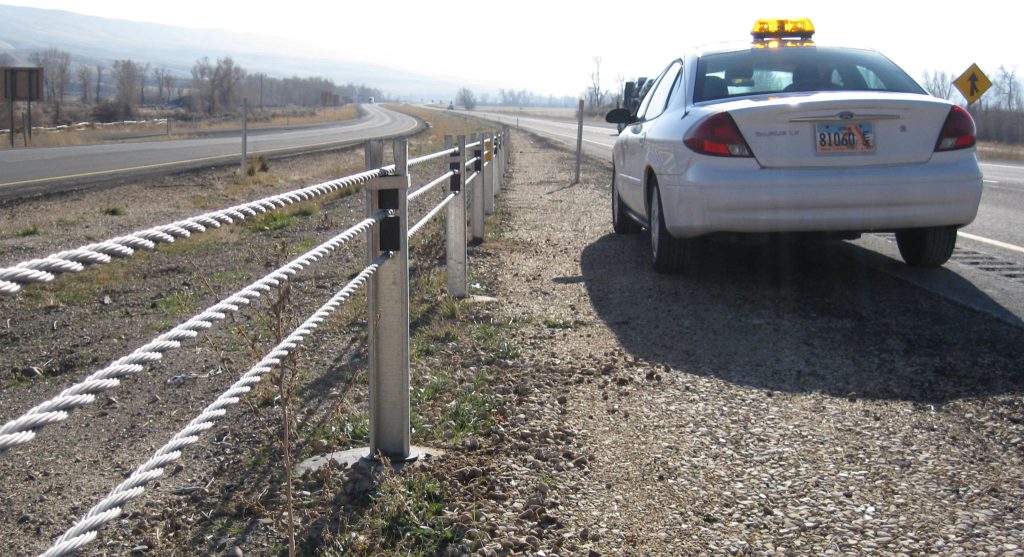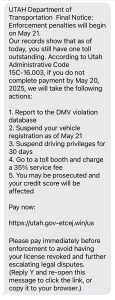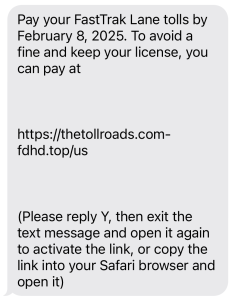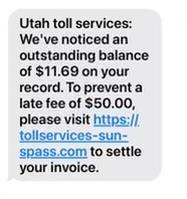Cable Barrier
December 21, 2011
Cable barrier reduces the occurrence of crossover collisions.

Cable barrier is tensioned steel cable held up by weak posts. When installed properly between opposing traffic lanes, cable barrier prevents crossover collisions, which are “the most horrific crashes we can have,” says John Leonard, UDOT Traffic and Safety Operations Engineer. Often fatal or disabling, crossover collisions occur when a car veers off the road, into the median and then crashes into opposing traffic.
The steel cables protect vehicle occupants, absorb energy from the crash and keep the vehicle moving in the same direction as traffic.
Cable barrier saves lives
UDOT has seen a steady decline of crossover collisions since the late 1990s when installation of cable barrier began. Between 2004 and 2011, UDOT installed nearly 200 miles of cable barrier. During that time, crossover collisions resulting in fatalities or serious injuries decreased from nearly 70 to 20 per year.
The benefits of cable barrier are well known, but sometimes people outside the transportation arena don’t understand the purpose of the important safety feature that is installed between opposing traffic lanes on many Utah highways and interstates.
Myth 1: Cable barrier creates a hazard for motorists.
According to Scott Jones, UDOT Safety Programs Engineer, “putting barrier on the roadside actually does give people more opportunity to hit something.” However, cable barrier prevents head-on crashes that can be severe or fatal to occupants.
Vehicles in a head-on crash collide at a force that equals the combined speed of each car. When vehicles hit cable barrier, the steel cable is displaced as it absorbs the crash and occupants are usually not injured severely.
Despite UDOT’s ongoing effort to educate drivers about the hazards of driving drowsy, distracted or impaired, people do end up driving into the median and into oncoming traffic, often because of driver error. For those motorists, crashing into cable barrier is much safer than crashing into oncoming traffic.
Myth 2: Cable barrier slices up vehicles.
Installed correctly, “cable barrier especially is very forgiving when you hit it,” compared to concrete barrier or guardrail, says Jones. “We know that a lot of people drive into the cable barrier and then drive away – they never even report a crash.”
Like everything UDOT installs along state routes, cable barrier is crash tested. “Crash testing is really important because we want to make sure it will work the way it’s supposed to – it’s not just a guess,” explains Jones.
Myth 3: Placement of cable barrier is done arbitrarily.
UDOT engineers are very careful to identify appropriate locations for cable barrier, and to install the barrier correctly at those locations. Jones uses crash data to identify appropriate locations for cable barrier.
When it comes to installation at each specific location, placement is “extremely engineered” he explains. Cable barrier is generally most appropriate when installed on “flat or moderately sloped terrain,” according to FHWA. Engineers consider many factors, including how an errant car will react while crossing a slope between travel lanes, the distance from traffic lanes and the quality of the soil.



